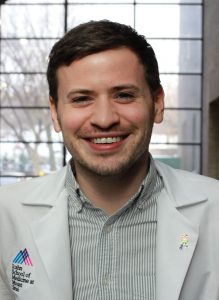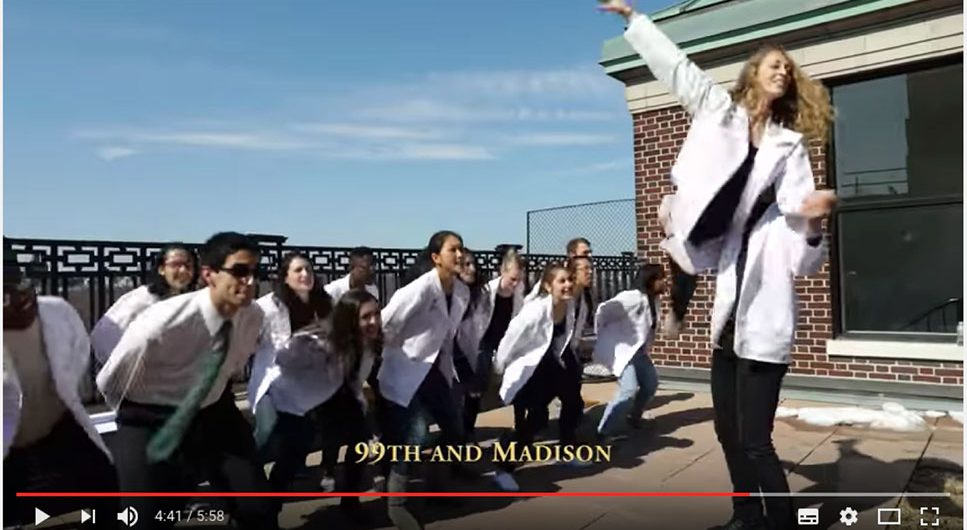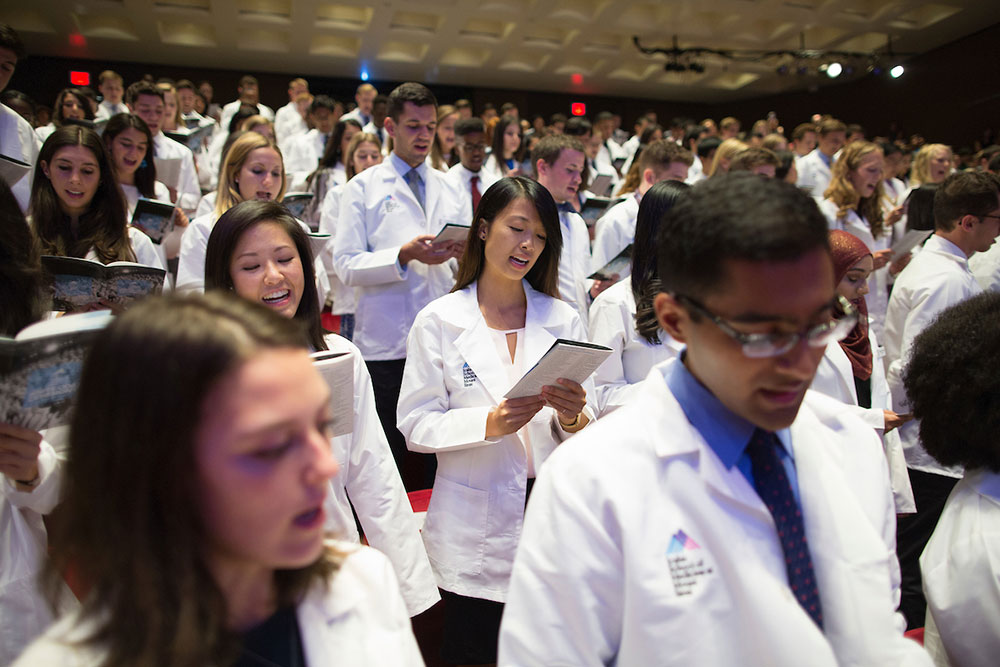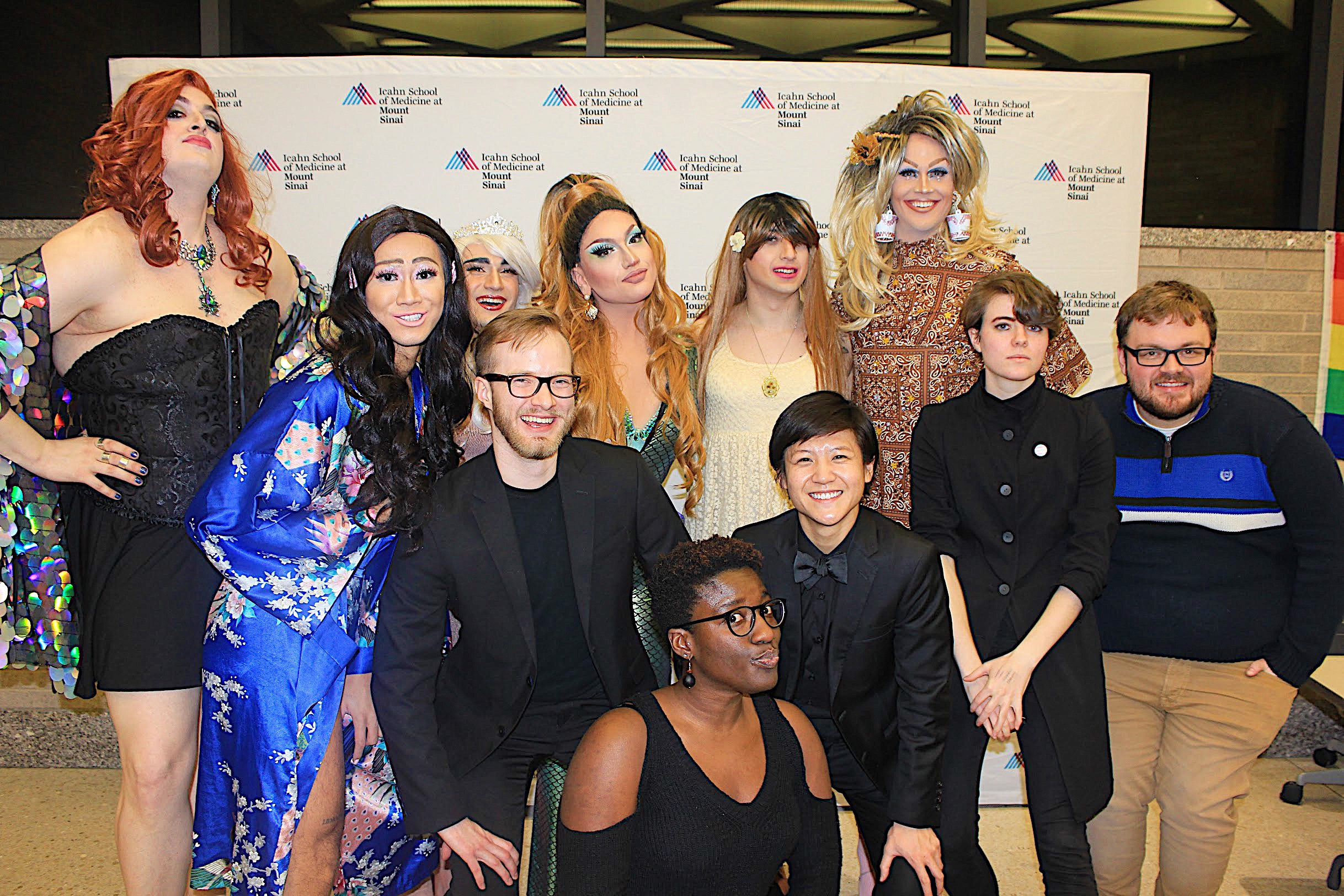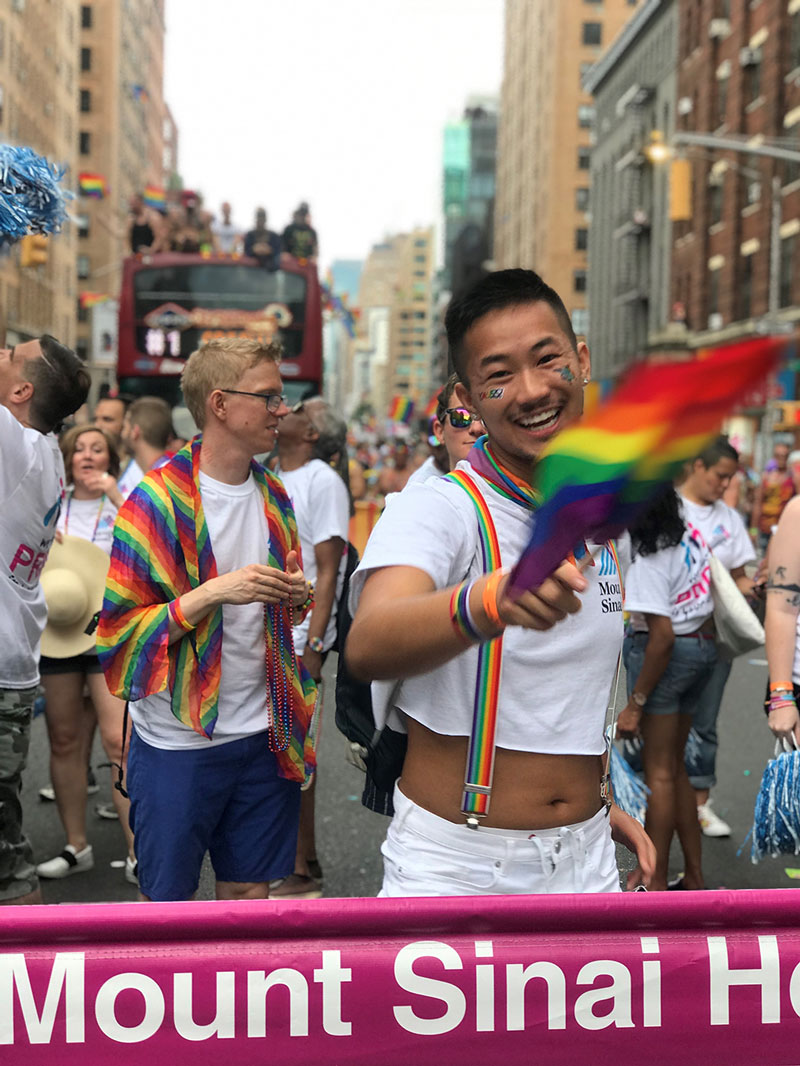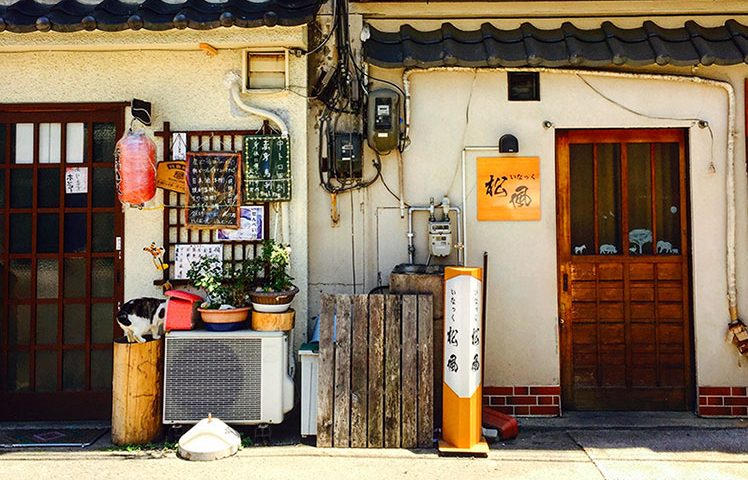As is the case with most medical schools, the institution at which I receive my medical education is home to a myriad of student interest groups for nearly every clinical specialty.There’s your standard fare of IMIG, PIG, and SIG (for internal medicine, pediatrics, and surgery respectively), but then there are a few that are a bit more esoteric, such as the Transplant Surgery Interest Group (TSIG). Despite statistically very few members of my class going into this specialty, it bolsters one of the largest student memberships of all groups on campus.
This is because at any given moment, members could receive an email in their inbox indicating that an organ match has been made for a patient, and a procurement is imminent. The first to respond to that email (provided they have not gone already) has the opportunity to travel with a transplant surgery fellow and surgical resident to procure an organ.
The emails are rare and sporadic— sometimes we receive two in one day, and then another is not sent out for a couple months. Sometimes the case is a liver or kidney; others are hearts or a combination of various organs. The locations vary widely as well—due to organs’ differential survival times outside of the body, hearts need to be procured locally while kidneys and livers can be harvested from more distant locales (broadening the likelihood of a match for the recipient). This is the inconvenient, albeit exciting, nature of organ transplantation – death has no pattern, and shows no concern for ideal timing or geographical location. However, nearly all of the procurement opportunities have two things in common: the emails are nearly all uniformly vague on details, and the opportunity disappears in seconds.
I tried for my entire first year of medical school to participate in one of these experiences, but even in the age of ubiquitous smart phones and iWatches, I was always too slow to respond. Then, days after I had completed my first year of medical school, I was checking my email when I heard a ding.
“TSIG – Procurement Tonight” the subject read.
Without any thought to my schedule or sleep, I replied, “Me, me, me!” (a full sentence, of course, would have precluded my ability to actually seize the opportunity). Moments later, I got a reply: “You got it! What’s your phone number?”
Suddenly, a cascade of events were set into motion. My phone rang. The attending transplant surgeon called to inform me that the case was a “fly-out”, and to bring my identification with me. My phone rang again moments later, with the transplant surgery fellow on the other end of the line introducing himself to me and informing me where I should meet.
I had a couple hours before we were scheduled to leave, so I rushed back to my apartment nearby to eat and attempt a brief nap, but my nerves rendered the latter unsuccessful. I changed into a set of scrubs, grabbed an iced coffee, and perplexed many of my rising second-year colleagues as I walked by them on Madison Avenue in full surgical garb at 10 o’clock on a Monday night.
“Meet us at 102nd and Madison,” they instructed me earlier on the phone, an unambiguous meeting spot in New York City near an East Harlem bodega. So I arrived at 9:45 pm, just to be safe. But then 10 pm came. Then 10:15 pm. And then 10:30 pm. Suddenly, I was in a panic. Did they say 92nd? 122nd? Or even 2nd?
My anxiety was allayed shortly thereafter when a black SUV pulled up, the words “EMERGENCY ORGAN TRANSPORT” emblazoned on its side, illuminated by the vehicle’s blue and red emergency lights. I entered the vehicle, and we sped off, cascading down Fifth Avenue, traversing Central Park, and finally ascending the West Side Highway as Manhattan traffic parted for us like the Red Sea.
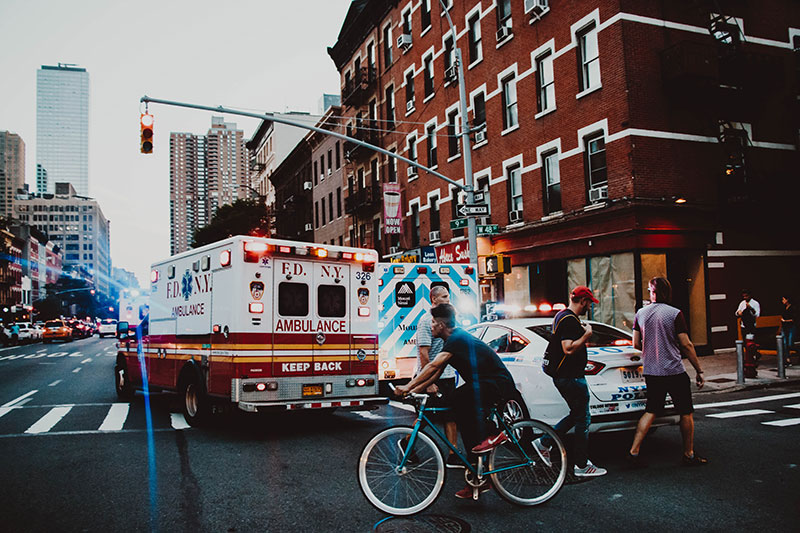
Photo courtesy of Benjamin Voros.
Within 20 minutes, we were at Tetterboro Airport in New Jersey, parked outside of the charter flight terminal. We grabbed a glorified Rubbermaid® cooler and a portable rolling cart, and boarded a pocket-sized jet with just enough room for a medical student, a surgical resident, a transplant surgery fellow, two pilots, and a plate of gourmet cookies and brownies.
It was at this point that we first learned exactly where we were traveling—the pilots knew before we did. Within an hour, we had landed at a small regional airport, with an ambulance on the tarmac waiting to take us to a nearby hospital—as “priority” passengers.
We arrived to the hospital at midnight, and while most of the staff had long gone home, a dedicated team of nurses and surgical assistants greeted and handed us scrubs to change into—prepping us to enter the OR. A few minutes later, the patient arrived.
I wasn’t emotionally prepared for what I saw next. I was surprised, while absolutely logical because the organs needed to be “fresh” — the patient was still alive. In fact, on the surface he looked quite healthy, aside from being a bit overweight with a catheter and breathing tube in place. I soon learned that the man, who was less than 10 years older than me, was declared brain dead two days prior following a heroin overdose. Interestingly, the moment he was declared brain dead was stated to be his official time of death reported on his death certificate. After some tough decisions, his family had elected to donate his organs.
We walked out of the OR, scrubbed in, had a brief moment of silence for the patient and the gift of life, and proceeded to begin the organ procurement. Having only completed one year of medical school, I never would have expected that I would be so involved in the surgery, but I was actively retracting tissues, suctioning, adjusting lighting, and handing surgical instruments when the surgical assistant was otherwise occupied.
Over the course of five hours, we separated his hepatic vasculature and gall bladder from the rest of his peritoneal contents, harvested additional arteries and veins to aid in the transplantation, removed portions of his spleen for research, perfused his liver, and stopped his heart. In order to improve the visibility of the liver, one of my roles was to retract his heart, in the very moments it stopped beating (which, as I stated, did not need to be documented), leaving me pondering unanswerable philosophical conundrums about the exact moments death genuinely does occur for an individual.
After harvesting his kidneys as well, I was asked to put the lids on the organ containers and bag them for the cooler, leaving me quivering about the repercussions that could ensue if I tripped (as I’m clumsily prone to do) and knocked the containers onto the floor. Suffice it to say, the packaging went smoothly, and by 6 am we were back in the ambulance and headed for the airport. The experience culminated with my middle school dream of riding in the front seat of the ambulance and controlling the siren.
When we arrived at the OR back in New York around 8:30 am, the surgical fellow informed me that my work was complete and that I was free to go home and sleep. As I walked back to my apartment, my mind was jettisoned into reflections on the remarkable journey I had been on in the preceding 12 hours:
- The immense logistical challenges (and expenses) of determining an organ match and procuring them from patients hundreds of miles away efficiently;
- The rewards of entering into a profession where, on a daily basis, colleagues of mine are utilizing their masteries of biological and chemical minutia to accomplish truly life-changing work;
- The ambiguity in death, something which to many outside of science appears to be an unequivocal binary;
- And lastly, the simultaneous beauty and tragedy of the gift of life.
With his final breath, a man saved another man’s life hundreds of miles away. A man he will never get the chance to meet.
Jordan Francke is a second-year MD/MPH dual-degree student at the Icahn School of Medicine at Mount Sinai. He is a clinic manager at Mount Sinai’s student-run free clinic EHHOP, and a co-leader of both Mount Sinai’s LGBTQ group Stonewall Alliance and the Mount Sinai Anesthesiology Interest Group.


